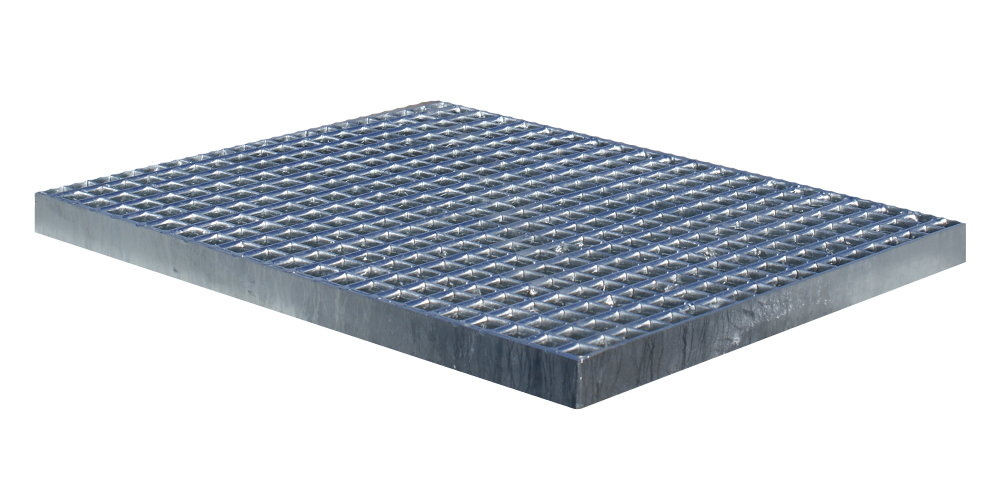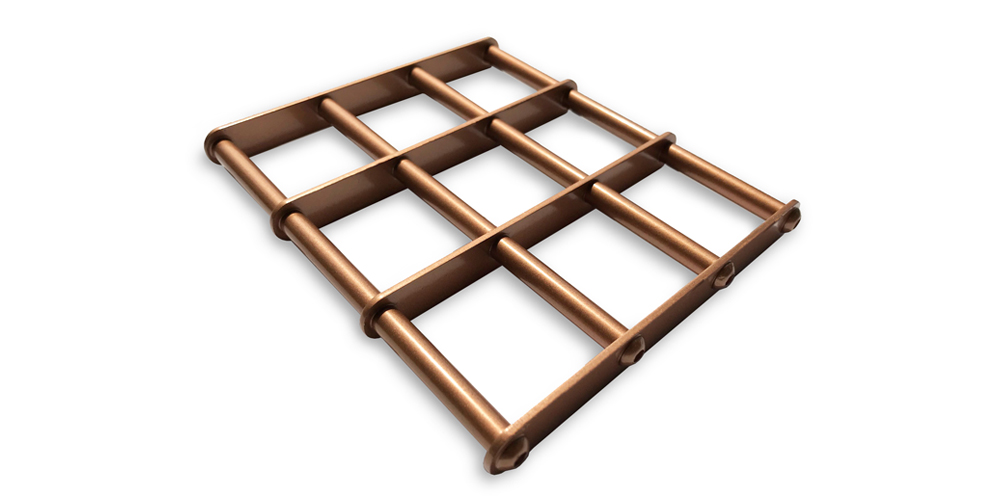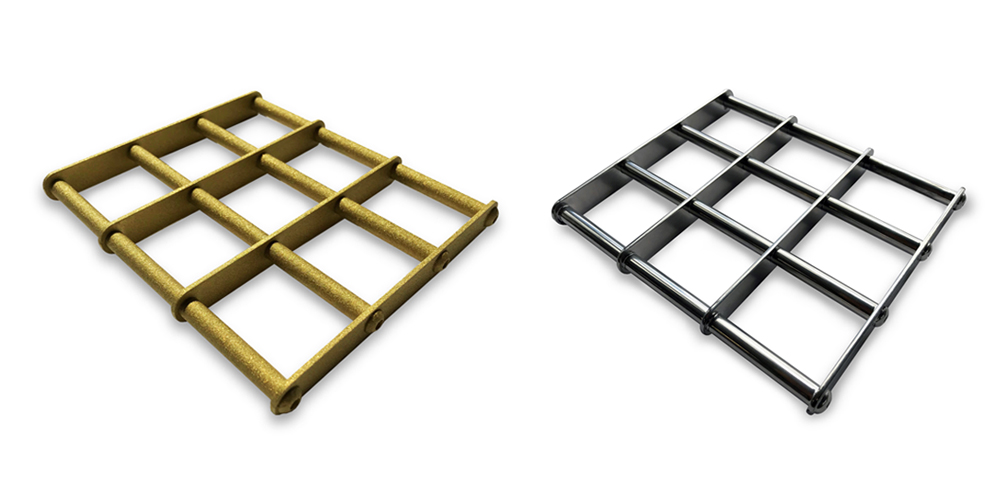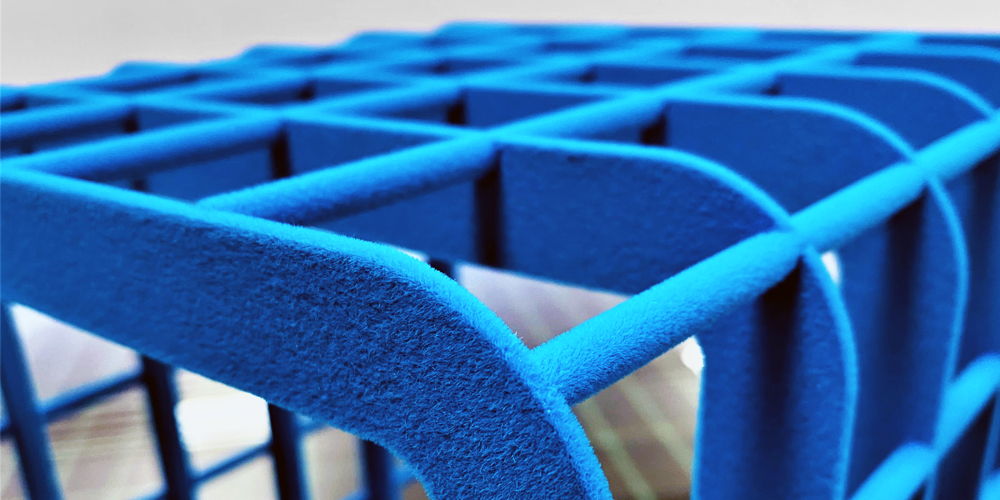Types of Finishes
For Metallic Grating
May 2024
Grating can be produced in various different material types and can later be completed with various different types of finishes.
Starting with the types of materials we have:
Carbon Steel
It is the most widely used material in gradile manufacture due to its good structural and low cost performance.
Stainless Steel
It is also widely used but in more specific situations such as industrial food sector facilities. These are facilities that require easy to wash materials, anti-oxidable and do not release waste over time. However stainless steel is substantially more expensive than carbon steel.
Plastic
It is an alternative to metal, especially for contact with acid products. However, it does not have the structural characteristics of the metallic gradile and its durability to the smaller.
Aluminum
It is essentially used for decorative applications, where low weight, anti -oxidizing material is intended that can be lacked in many different colors. It is widely used in gradile for false ceilings and partitions.
Then we have the final finishes. The most common and which are offered by almost all manufacturers are the ones that follow.

Hot-Dip Galvanization
The grating is dipped in a bath consisting of a zinc alloy about 600 centigrated degrees. This finish is applied to the carbon steel, ensuring excellent anti oxidizing protection. The final aspect is a gray silver with a rough and irregular texture. This process is only applied to carbon steel grating.

Electrostatic Powder Color Lacquering
It is the best process for painting this material. There are numerous types of RAL available on the market. The electrostatic lacquering process allows a homogeneous painting throughout the surface of the grating. The painting of this material with liquid paint is not advisable due to the huge difficulty that the grating mesh represent for the homogeneous distribution of the paint. This process can be used in iron, stainless steel and aluminum grating.

Special Lacquering with Electrostatic Powder
It is a similar process to the previous one, however, post-specific formula combinations are used that allow metallic final finishes. With this process it is possible to obtain gold, bronzes and chrome finishes. They are premium finishes, used in grating with applications in the area of architecture and interior decoration.

Velvet Coating
It is a process that uses velvet remains in very thin particles, which are applied to the surface of the grating through an electrostatic collage process. The result is a perfect velvety surface that completely transforms the final piece, giving a warmer and more comfortable look ideal for use in interior decoration. The system developed by COBERMASTER allows the application of velvet even to the most complex grating parts, ensuring a uniform and perfect texture.

Cork Coating
It is a process very similar to the previous one. In this case, very thin particles of cork to coating the metallic grating are used. These particles come from production remains, even of remains that have already been reused until its limit. The end result is a very comfortable grating piece and a very interesting visual look for application in architectural solutions and interior decoration.
Coating with Silica and Sands
The same concept of the two previous processes is used. In this case, very thin particles of silica and decorative sands are used to produce a front coating, which can be produced in many different colors according to the client’s project.
Cobermaster, a grating manufacturer in Portugal, manufactures gratings with premium final finishes, which allow the application of this material in sophisticated high decoration environments. Check us to find out the best solution for your project!

